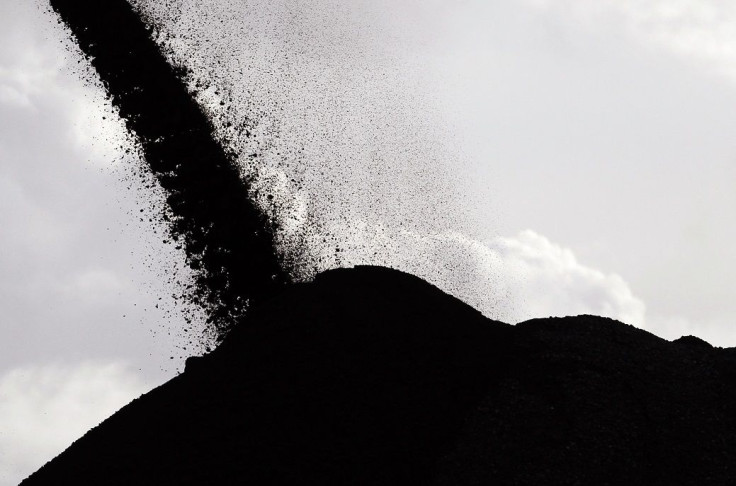Australia's Mining Industry: Down, But Not Out

Australia's mining sector is one of the country's biggest economic contributors, even being hailed as the saviour to the economy during the global financial crisis of 2008. It currently contributes around 8.5 percent to Australia's GDP and employs approximately two percent or 220,000 people in the workforce.
The mining boom since the 2000s was largely due in part to the significant increase in demand for raw materials and energy by top consumers China and India during their rapid growth in the past decade. However, short term forecasts reveal that increases in supply by other countries and slowing demand from China could cause a fall in Australia's export earnings from mining over the next year or so. Many analysts claim that the mining boom is nearing its end, but some claim that it is simply shifting to a new phase.
"The production phase of the boom is just starting for Australia," Mark Cully, chief economist of the Department of Industry and Science, told an Australian Business Economists lunch in Sydney, as quoted by ABC. "Whereas the high price phase lasted for around eight years and the investment phase about six, we see the production phase set to last far longer." This may not be ideal to the workforce, however, as the operation phase requires up to 10 times fewer workers than the earlier construction phase.
For instance, the fall of the price of iron ore has led to job cuts even among Australia's biggest miners. Both BHP Billiton and Rio Tinto have laid off thousands of workers in the past year, while Fortescue Metals has just began laying off workers at its Pilbara mines this week. Western Australia's jobless rate has jumped from 4.9 percent to 5.5 percent from 2014, and is further expected to rise in the coming months.
But not all mining activities are going down the drain. Cully believes that the demand for Australian coal will remain strong in the longer term. "We believe coal market forecasts are increasingly being made on romantic scenarios of the future rather than through an informed process of evaluated investment in electricity generation," he said.
Similarly, the Goondicum Mine, an ilmenite mine in Queensland's North Burnett region, is set to reopen by June, and this is expected to create more jobs in the region. Ilmenite is the most important ore of titanium, commonly used as a pigment in paint and plastics. With titanium ore gaining ground these days because of new manufacturing developments, titanium mines in Australia hold great potential.
Just look at the case of Chile's White Mountain Titanium Corporation (OTCQB:WMTM), which operates the Cerro Blanco flagship project in the Atacama region of Northern Chile. Estimated to contain 112 million tonnes of rutile, the Cerro Blanco project is anticipated to become one of the largest titanium mines in the world once production starts. Its profit potential remains strong, thanks to the varied uses of titanium ranging from aircraft parts to medical implants.
Still, experts believe the best way for Australia's mining sector to survive is through creating a pipeline of fresh projects that will generate more jobs. Diversification among Australian exports wouldn't hurt, either.
Contact the writer: a.lu@ibtimes.com.au




















